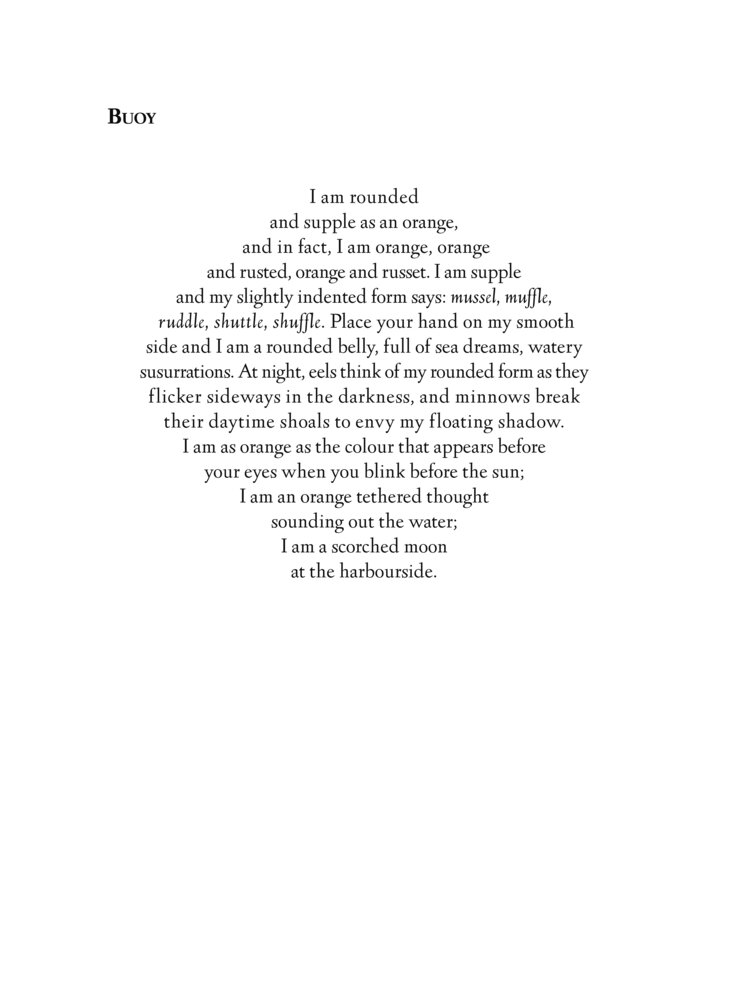3 miles/ 3 loops
lake nokomis open swim
75 degrees
Another good swim. I didn’t get off course but I did find it much harder to sight the buoys. Was it all the bobbing bright orange swim caps that I mistook for the buoy, or that I didn’t rinse out all of the baby shampoo I use to anti-fog my goggles so my eyes stung, or the bright sun, or another decline in my vision? Swimming with the sun behind me, I usually could see a smudge of orange and swam straight to the little beach, but swimming into the sun, I couldn’t sight the green buoys at all. I mostly used the roof at the big beach as a guide and when I thought I was sighting the hulking shape of the green buoy, I usually was sighting a sailboat.
Breathed every 5 strokes almost the entire time. A few 5 then 6, or 3 then 5, or 3 then 4. Might have seen a few fish below me, or they could have just been sun streaks. Last week, I saw several dragonflies hovering above the water, looking like little helicopters. Didn’t notice any tonight. No airplanes either. I encountered a few swimmers out in the middle of the lake, but mostly I felt alone, which was fine with me. Every so often, it felt strange and unsettling, but I didn’t mind. I don’t remember hearing anything and all I remember feeling was the choppy waves as I neared the big beach. When I got out of the water, my right eye burned so much that I had to keep it closed. Bright sun + a trace of baby shampoo still in the google = bad news
Earlier today, I spent some time reading up about geological time. Eons and eras, periods, epochs, and ages. So much classification and names for divisions of time! Western science is really into naming things, often after people. It might be interesting to read an intellectual history of geology in the 19th century, but only if it’s written by an engaging writer, like Bill Bryson. I wonder if he writes about geology in his book, A Brief History of Nearly Everything?
Conversation with a Pebble/Alyson Hallett
Here’s what I’ve been wondering. If fire hides in wood
what hides in a stone?
I hold a pebble
in the palm of my hand. It looks like an egg that wants to hatch.
I do not know how long
it will take, how long its incubation or breaking through.
My time is slow, Pebble says. Slower Than you can imagine.
I know this is true.
I kiss the pebble,
Watch the moisture from my lips sink in.
That’s what I’m hiding,
It says. Water. The tiniest Rivers, lakes, seas.
Ideas of what water
Can be. Yes, pebble says,
I am hiding all the world’s memory.
